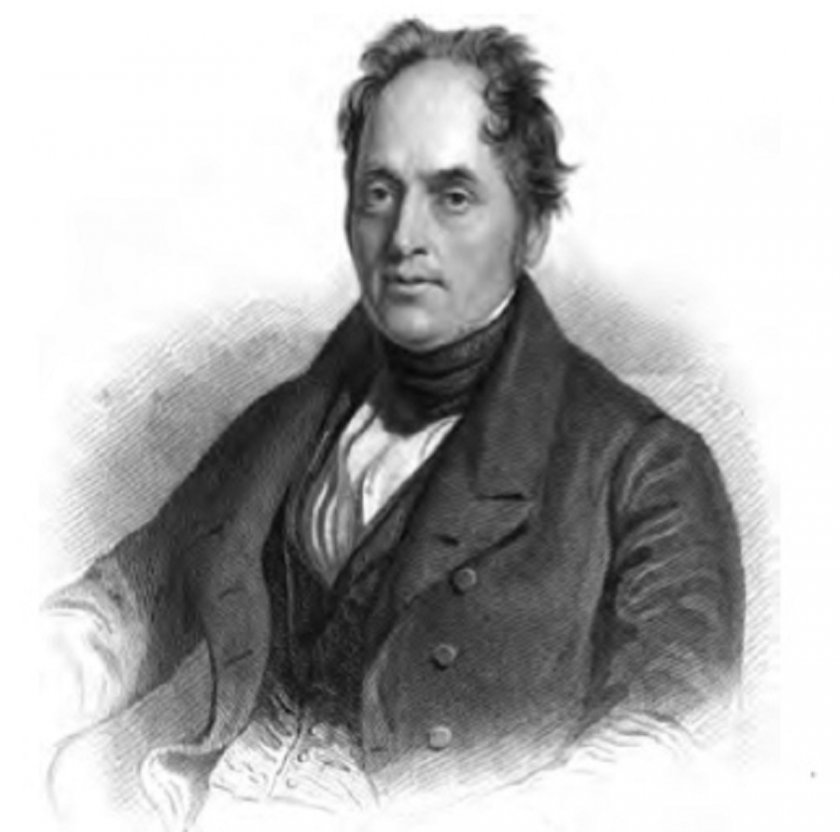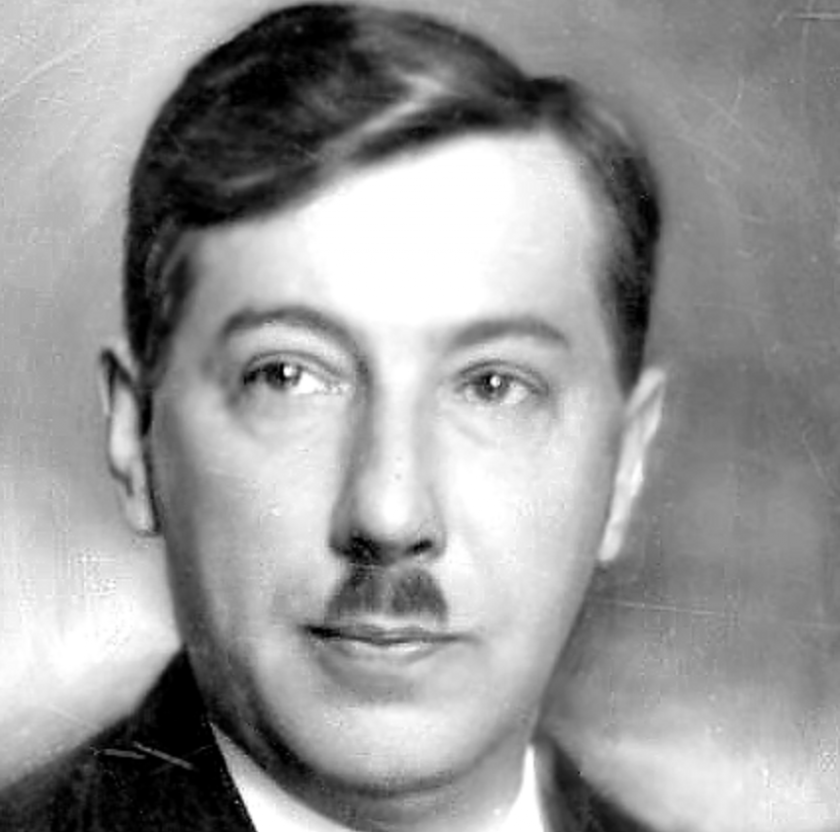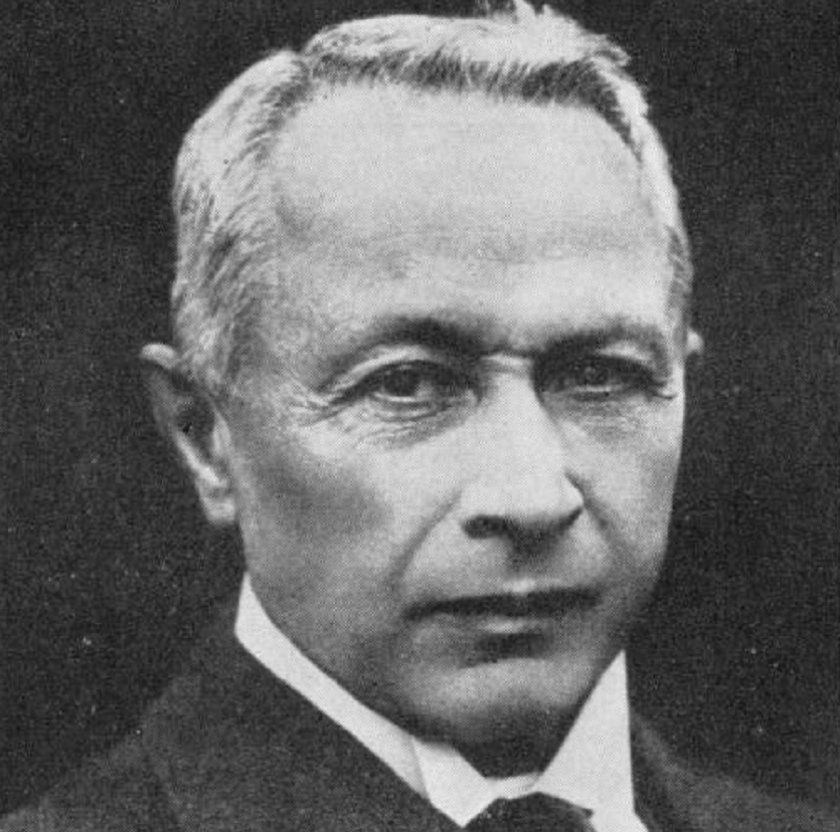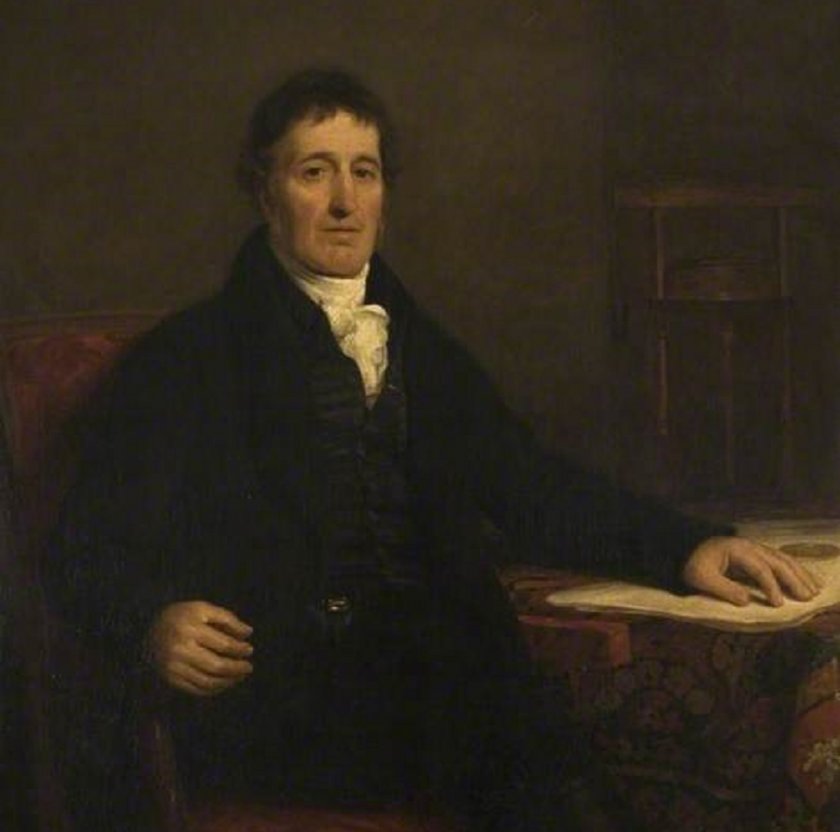Samuel Clegg
 Fot.
Fot.
For the British Industrial Revolution, the Birmingham Foundry was what the California Silicon Valley was for the IT revolution. This is where the greatest innovators and investors of the time met. These also included gas pioneers, William Murdoch and Samuel Clegg. The former is the author of the idea for coal carbonization, while the latter contributed to the popularisation of this technology.
They shared a common passion, and their abilities seemed to complement each other very well – Murdoch was an experimenter, and the younger Clegg had the entrepreneurial spirit. However, the gentlemen would not create a harmonious duo like Boulton and Watt. On the contrary, they even competed with each other. Samuel Clegg started working in the foundry in 1798. As a young engineer, he assisted Murdoch in his first experiments with lighting the plant with gas. He was delighted with the possibilities of the new technology and wanted to dedicate his career to it.
Using this experience, Clegg decided to compete with his employers. As a twenty-four-year-old young man, he brazenly hoped that as an independent manufacturer and installer of gas production equipment he could do better than a large company.
Using this experience, Clegg decided to compete with his employers. As a twenty-four-year-old young man, he brazenly hoped that as an independent manufacturer and installer of gas production equipment he could do better than a large company.
In 1805, he started his business as a technical contractor to private gasworks. He began with installing a prototype in … his mother’s house. In the same year, he received his first big order, and that allowed him to compete with his former colleague, the creator of gas technology – William Murdoch himself.
They both worked on illuminating the cotton factories. Clegg in Sowerby Bridge near Halifax and Murdoch in Salford. Clegg worked day and night to achieve success. “His” factory became illuminated two weeks earlier than Murdoch’s. Clegg had reasons to rejoice – he was entitled to claim the honour of illuminating the first cotton factory in England. His guesses also proved true – as we learn from the letters Murdoch sent to his employers, he lost the race because he was waiting for the parts ordered from the foundry.
They both worked on illuminating the cotton factories. Clegg in Sowerby Bridge near Halifax and Murdoch in Salford. Clegg worked day and night to achieve success. “His” factory became illuminated two weeks earlier than Murdoch’s. Clegg had reasons to rejoice – he was entitled to claim the honour of illuminating the first cotton factory in England. His guesses also proved true – as we learn from the letters Murdoch sent to his employers, he lost the race because he was waiting for the parts ordered from the foundry.
After this achievement, Samuel Clegg received further orders. He illuminated numerous small and large industrial plants around Manchester. The most groundbreaking order in his career came a year later. In 1812, he used gas to illuminate a lithographic plant in London. A perfectly executed installation became Clegg’s showcase in the capital of England.
Soon he received an invitation to cooperate with the dynamic London Chartered Gas Light & Coke Company. The company was established by Albert Winsor, the second gas pioneer next to Murdoch. His vision was highly extravagant for those times. He dreamed of serving many customers through a distribution network of gas produced in a central, municipal gasworks. Clegg’s practical experience was essential for him to create such a plant and, more importantly, the gas distribution network.
Soon he received an invitation to cooperate with the dynamic London Chartered Gas Light & Coke Company. The company was established by Albert Winsor, the second gas pioneer next to Murdoch. His vision was highly extravagant for those times. He dreamed of serving many customers through a distribution network of gas produced in a central, municipal gasworks. Clegg’s practical experience was essential for him to create such a plant and, more importantly, the gas distribution network.
The cooperation proved fruitful, although not without obstacles. As early as in December 1813, the gas generated by the first public gasworks illuminated Westminster Bridge. Like any good story, however, this one cannot end without unexpected incidents. There was a gas explosion at the gasworks. Clegg was slightly injured, but this was not the end of his problems. The workers, fearing another explosion, refused to work with the lamps. Clegg, the company’s chief engineer, spent the first months of 1814 walking around the Westminster district with a ladder and a lantern pole. After that incident, however, there was nothing stopping further street gasification. In the spring the same year, gas street lamps illuminated almost the entire Westminster.
Clegg was at the height of his career. In 1815, he patented a number of inventions. One of them may not seem to be the most important, but it was destined to survive the era of coal gas and continues to be used today.
Clegg was at the height of his career. In 1815, he patented a number of inventions. One of them may not seem to be the most important, but it was destined to survive the era of coal gas and continues to be used today.
Patent number 3 968 item three is an indicator or a rotary meter to measure and record the amount of gas passing through a pipe or hole to determine the amount consumed by a certain number of lights or burners. It is nothing other than the popular gas meter. Among other things, Clegg also patented a gas holder for the central gasworks, which provided the network with constant pressure. Both inventions made him an outstanding figure in history as the creator of the fundamental elements of the gas distribution system.
However, the subsequent part of his career was not as brilliant. Misunderstandings with employers, erroneous investment decisions and involvement in risky experiments with the atmospheric railway distracted him from the gas industry for almost two decades.
However, the subsequent part of his career was not as brilliant. Misunderstandings with employers, erroneous investment decisions and involvement in risky experiments with the atmospheric railway distracted him from the gas industry for almost two decades.
For the last few years of his life, Clegg returned to this rapidly growing industry to do what he could do best – improving gas holders and other equipment so that this fuel could supply houses and streets. Until his death in 1861, he continued to file further patents. Thanks to his work, gas from the transmission network has become widely available, responding to the ever-growing needs of cities and people. The Gas Revolution was gaining momentum.
Here you can learn more about gas street lamps in Europe.
Here you can learn more about gas street lamps in Europe.



